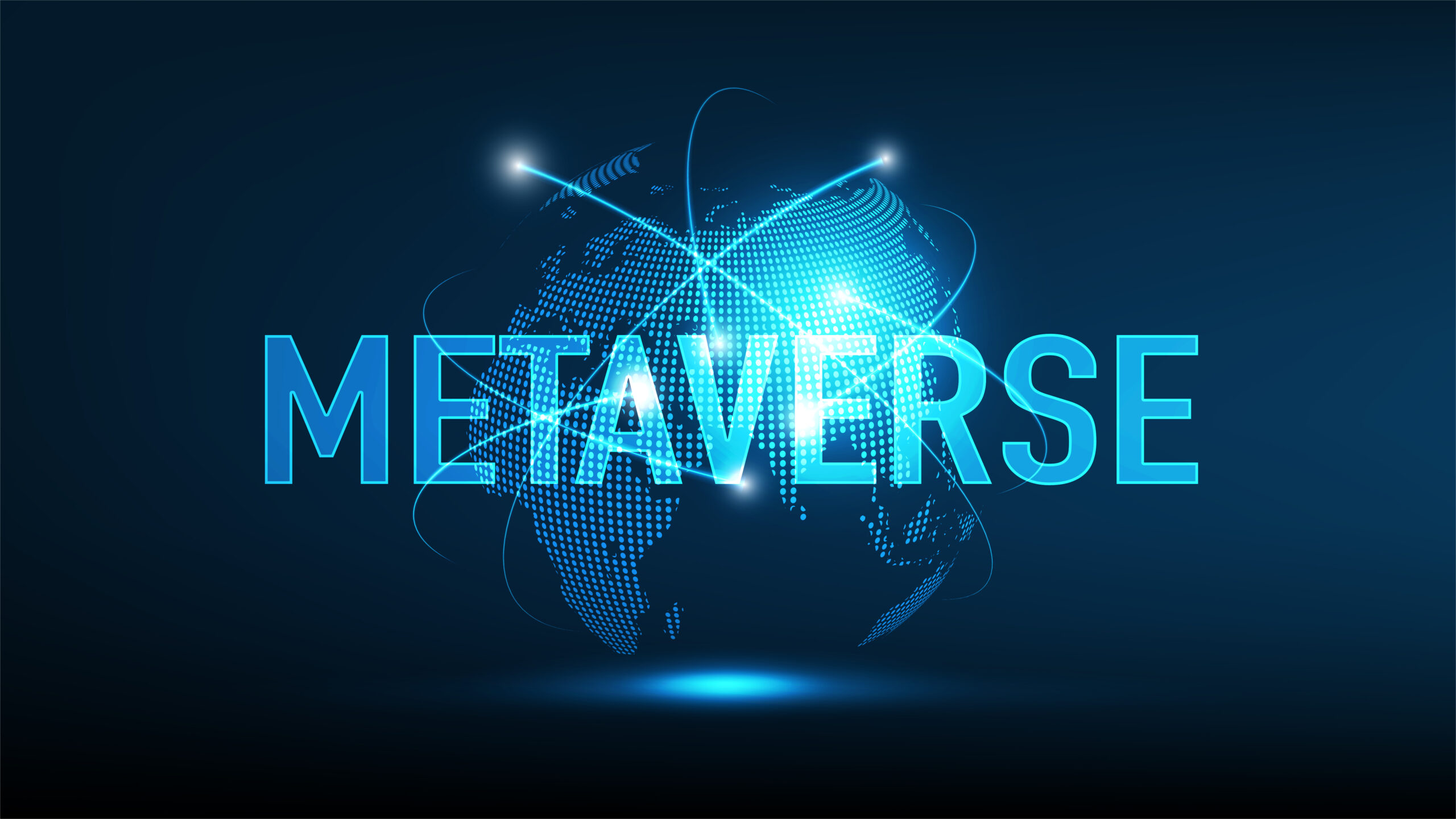What on earth is the Metaverse?
(Spoiler alert: it’s not actually on earth.) The metaverse is an immersive virtual environment and anticipated future iteration of the internet, also referred to as Web3.0. It can be accessed through virtual and augmented reality devices and does not exist in a singular location. There are multiple unconnected platforms that comprise the metaverse such as Decentral Land, The Sandbox, and gaming platforms like Roblox.
Users access the metaverse to play games, explore virtual tours, interact with other users, and engage in virtual experiences like concerts and exhibitions. Brands have also begun to explore the metaverse by creating virtual workspaces that allow employees to collaborate virtually, and marketplaces to engage with current and prospective customers, utilizing both advertising and professional use cases to encourage user adoption.
Metaverse Advertising
The metaverse offers significant advertising opportunities, with ad placements that mimic traditional media such as virtual billboards or galleries of interactive photos and videos.
Branded metaverse spaces can be used as virtual storefronts for the sale of NFTs – digital assets that represent real-world objects like art, music, in-game items, and videos* – to allow users to interact with virtual products, and to hold virtual events like concerts, listening parties, or exhibitions. In these virtual spaces, brand ambassadors can interact with visitors and forge connections between brands and consumers.
Other less immersive opportunities include augmented reality that allows users to interact virtually with real-world products or items by overlaying visual and/or auditory experiences.
Metaverse Media & Measurement
Media in the metaverse can be acquired and measured in different ways depending on the intended usage.
Virtual space in the metaverse can be purchased or leased from a metaverse development agency with development costs based on desired experiences. Other opportunities like in-game virtual billboards can be purchased in a more traditional manner – as digital programmatic opportunities targeting audiences based on behavior, age, demo, geo, genre, and game title and measured by impressions.
More immersive experiences can be measured by virtual foot traffic, time of engagement, which/how many virtual items were browsed/interacted with, and number activities that a user participated in. These virtual experiences also allow for post-event follow-ups so brands can receive direct feedback from the audience. Augmented reality experiences can be measured by time of interaction (dwell time).
As with any new and unique advertising format, and due to the highly customizable nature of each experience, hard and fast benchmarks and performance metrics have not yet been established across the board.
Join the Metaverse
Forward-thinking brands who have already entered the metaverse include Mastercard, Nike, Adidas, Vans, Stella Artois, Coca-Cola, Microsoft, Samsung, Atari, Gucci, Ralph Lauren, Burberry, and NYX Cosmetics. As you plan your 2023 marketing campaigns, consider following in their virtual footsteps by leveraging the metaverse to boost brand affinity, recall, and customer engagement, utilizing an audience-first approach to determine which opportunities will best resonate with your customers.
*Source: Forbes.com

